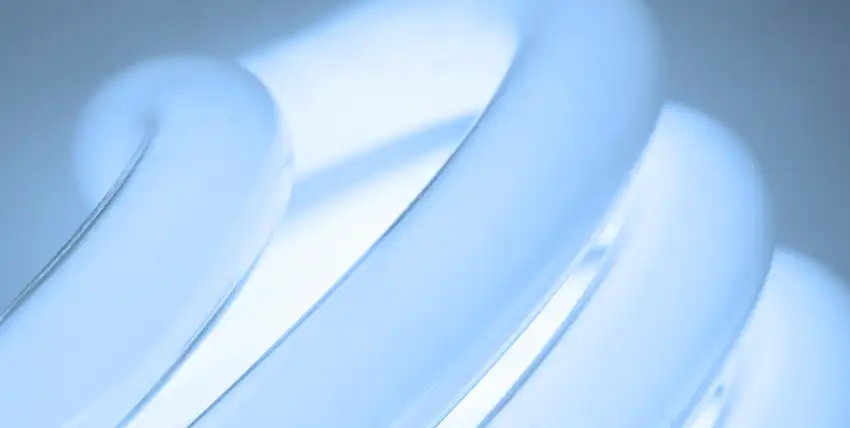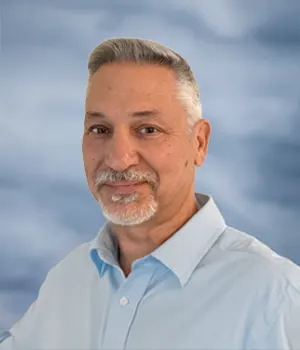Power Optimization
Reduce Peak Demand with Real-Time Power Analysis
Advanced power optimization tools are used to identify where energy is being wasted and deliver data-driven recommendations that maximize savings. Facilities can reduce peak demand charges and improve power factor with real-time load analysis.

What Is Power Optimization?
Power optimization increases the operational efficiency of the incoming power while eliminating energy loss to major equipment loads such as motor, lighting, fans, etc. This creates a stabilization of power going to these loads creating an increase in efficiency, which maximizes energy savings from each piece of equipment.
This includes:
- Adjusting load schedules and sequences for HVAC equipment
- Eliminating simultaneous heating and cooling
- Identifying peak demand drivers and correcting them
- Improving part-load performance through software upgrades
- Leveraging energy monitoring tools to visualize consumption
Why Power Automation?
-
Lower Energy Bills
Reduce overall utility spend with improved operational efficiency. -
Reduced Peak Demand
Intelligent control reduce high-load spikes that drive up costs.
-
Improved Equipment Longevity
Less strain on motors extends system life. -
Live Energy Monitoring
Track real-time usage and respond quickly to anomalies.
A Study on Improving Electric Energy Result by Using Composition Wavelength
The energy loss in electric motors, electric heaters, and lighting operated by electric energy, and in the conductor resistance of electric wire, are generated due to irregular movement of electrons caused by heat and vibration. Synthetic infrared rays mitigate the vibration of electrons, one of the reason causing energy loss, by relieving the friction of electrons. Therefore, they stabilize electric systems and reduce power consumption by maximizing the efficiency of electric energy. To change the property of electron movement, a energy source which can be a particular wave is needed. The particular wave is made by visible light at 500 nm/spl sim/600 nm and infrared rays at 1,000 nm/spl sim/10,000 nm, using infrared and visible light filters which adjust light intensity. When the wave, stored in a semiconductor, flows into electric wire, it can reduce Joule heat by mitigating the collision of spinning electrons. Therefore, the decrease in specific resistance of the conductor improves conductivity, and electric resistance caused by mobile electrons is reduced so it significantly affects electric energy by Joule heat. The basic experiment resulted in a 10 to 15% electric energy reduction by using a developed photosynthetic irradiation facility to generate these particular infrared rays, and semiconductor or supplying equipment to store the synthetic infrared wave. The research has been carried out by experiments based on theory until now; however, the correlation between the change of electron movement and energy efficiency, synthetic wave and capacity of power consumption are continuously researched.

What Kind of Results Can You Expect?
Clients who undergo a full optimization strategy – including retro-commissioning, automation controls, and data reporting – have achieved:
- 15%-29% reduction in energy use
- ROI within 24 months on typical large-scale implementations
- Immediate feedback via custom dashboard monitoring
“We saw a noticeable drop in our utility bill by the second month. The system’s smarter – and we can prove it.”
– Facilities Director
South Florida Healthcare Center
Next Steps
See where you’re overpaying. Let our specialists evaluate your building’s power use and spot opportunities for real savings.



